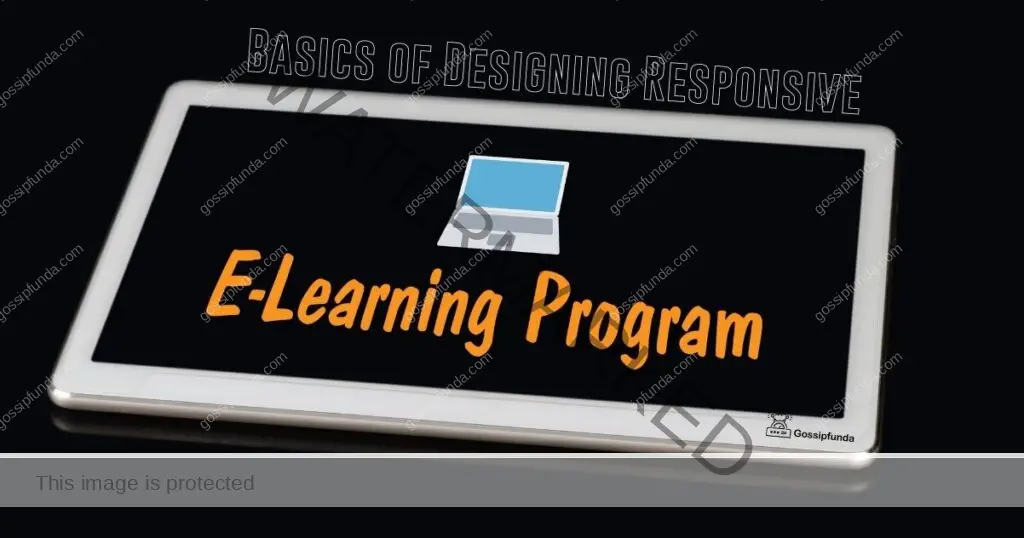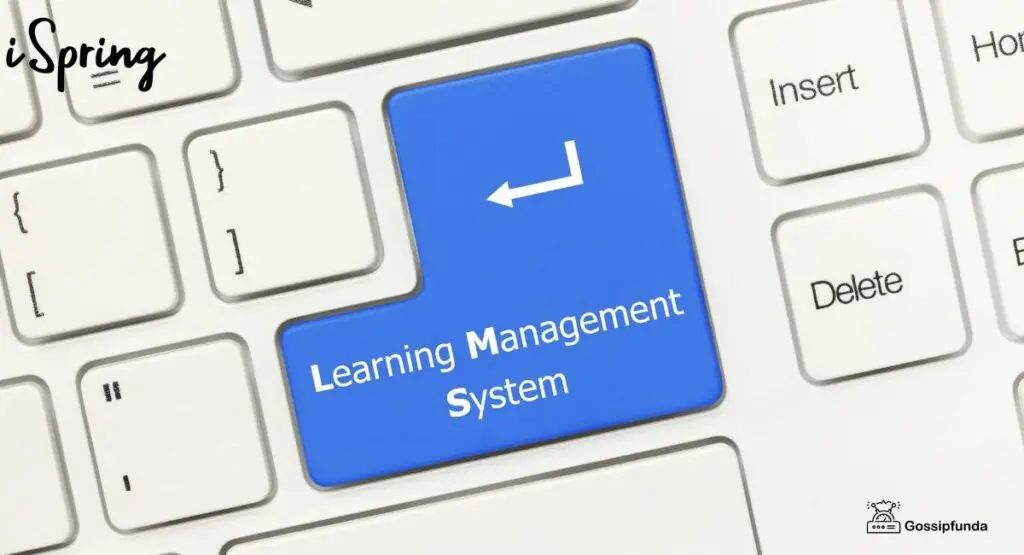Almost everyone understands the importance and benefits of corporate training. Corporate training, when done correctly, can increase worker efficiency, resulting in increased production, revenue, and profits while decreasing costs, waste, and inefficiencies. Effective corporate training can lead to greater regulatory compliance and it may even result in a happier, more satisfied, and engaged workforce, lowering turnover and costly new employee onboarding. As a result, the advantages are numerous.
However, designing effective custom corporate training courses is a difficult task. Some common issues include developing training courses that do not support a true business goal, that are developed without first identifying the true purpose of the training, or that contain excessive information. Or perhaps all of the above.
So, how does one go about creating custom corporate training courses that generate results? This blog post will show you how to design customized training courses tailored to your organization’s needs.
Let us help you start designing your custom corporate training courses. We are sharing some easy and simple tips following which you’ll be able to create effective and efficient courses without hassle.

1. Define your training objectives
Before you can start designing the course content, you first need to determine what objectives you hope to achieve with it. This will help you decide which topics and activities should be covered in the training course.
For example, if your objective is to increase employee productivity, one of the critical areas you should cover can be how to use workplace tools efficiently.
2. Brainstorm potential learning materials and resources
Once you have determined your objectives, it’s time to come up with ideas for learning materials and resources. This can include articles, videos, PowerPoint presentations, and even simulations.
Remember that the more engaging and entertaining the training material is, the better! It will help motivate learners to attend your courses.
3. Plan how you’ll deliver the training course content
Now that you have a good idea of what needs to be covered in your courses, it’s time to decide how best to deliver it. One option is a live instructor-led training (ILT ) session. Businesses often prefer this type of training because it allows employees to learn in a group setting and receive immediate feedback. It’s also easy to track attendance and ensure that everyone has easy access to the content.
Alternatively, you could develop self-paced online learning resources and deliver them through an LMS like Paylocity. This option is suitable for large organizations that have remote workers or employees with busy schedules.
4. Add Personal Touch
No employee would want to sit through a boring, impersonal course that could have been lifted from any generic training manual. If you want your staff members to love your company, use your training course to emphasize the importance of their work! Using humour and appealing to new employees’ emotions is a great way to humanize a potentially daunting training process. A serious corporate environment can appear cold and unforgiving, so injecting some humour lightens the mood and offers a more welcoming experience.
Emotions can also help with memory and comprehension. Design the learning material to elicit emotion; instead of simply providing the what, provide the why! This is best applied through storytelling and real-world examples. Other ways to make the training experience more authentic include customizing the course design with the company’s logo, motto, vision, and mission.
5. Integrate fun and engaging elements into the course
One of the most important aspects of any training course is to make it fun and engaging. This will help learners stay motivated and ensure that they return to your courses repeatedly.
You can use games, animations, quizzes, and other interactive elements to make your courses more enjoyable and keep learners engaged until the end! Also, ensure that your course material is up-to-date and relevant to the current industry trends.
6. Use the interactivity to stimulate learning
Interactivity can also be used to stimulate learning and help employees retain information. For example, you can use interactive whiteboards or virtual simulation tools to help learners understand concepts more realistically.
Additionally, interactive maps and graphs can help them visualize complex data sets better. Ensure clear instructions and feedback so learners can continue learning after completing the course.
7. Plan how you’ll assess employee engagement and performance
Once your training courses have been delivered, measuring the results is crucial to assess the effectiveness of your training program. You could use the following metrics to assess the effectiveness of your training:
Employee Feedback On Training
Collect employee feedback by asking for their feedback or conducting an anonymous online survey about the training’s effectiveness to determine whether they liked the training, learned something, and what their overall opinions or suggestions are.
Knowledge Gained From Training
Tests, quizzes, and demonstrations can help you assess how well your employees understood the material you presented.
Job Proficiency After Training
Are workers applying their new skills/knowledge/attitudes gained from training in the workplace? This will be determined by observations of employees’ on-the-job work behavior, as well as other performance-based metrics.
Quantifiable Business Results
You can also analyze the training results over the next month or quarter. Take note of whether the training objectives were met. Determine whether the training results in an increase in revenue, a decrease in costs, changes in productivity, or any other metrics you choose to track. This information will help you decide whether to deliver additional training content in the future.
After completing these four levels of evaluation, you may find that the training was as effective as you hoped, if not more so. On the other hand, these evaluations may reveal that your training was not as good as you had hoped. If this is the case, then you will have the opportunity to revise the training and bring things up to speed.
Conclusion
Choosing the right course design is about understanding your business requirements and objectives. Once you’ve done that, use an LMS to develop an engaging and interactive training course that helps your employees improve their performance within a short period.
In addition, it should be remembered to incorporate fun and engaging elements in the course. This will help employees stay engaged throughout their entire session and help them retain the knowledge they have acquired for a long time.
I am passionate about my work. Because I love what I do, I have a steady source of motivation that drives me to do my best.
I’m not comfortable with settling, and I’m always looking for an opportunity to do better and achieve greatness. I have a keen interest in the technical field. Apart from this, I am a social media influencer.


